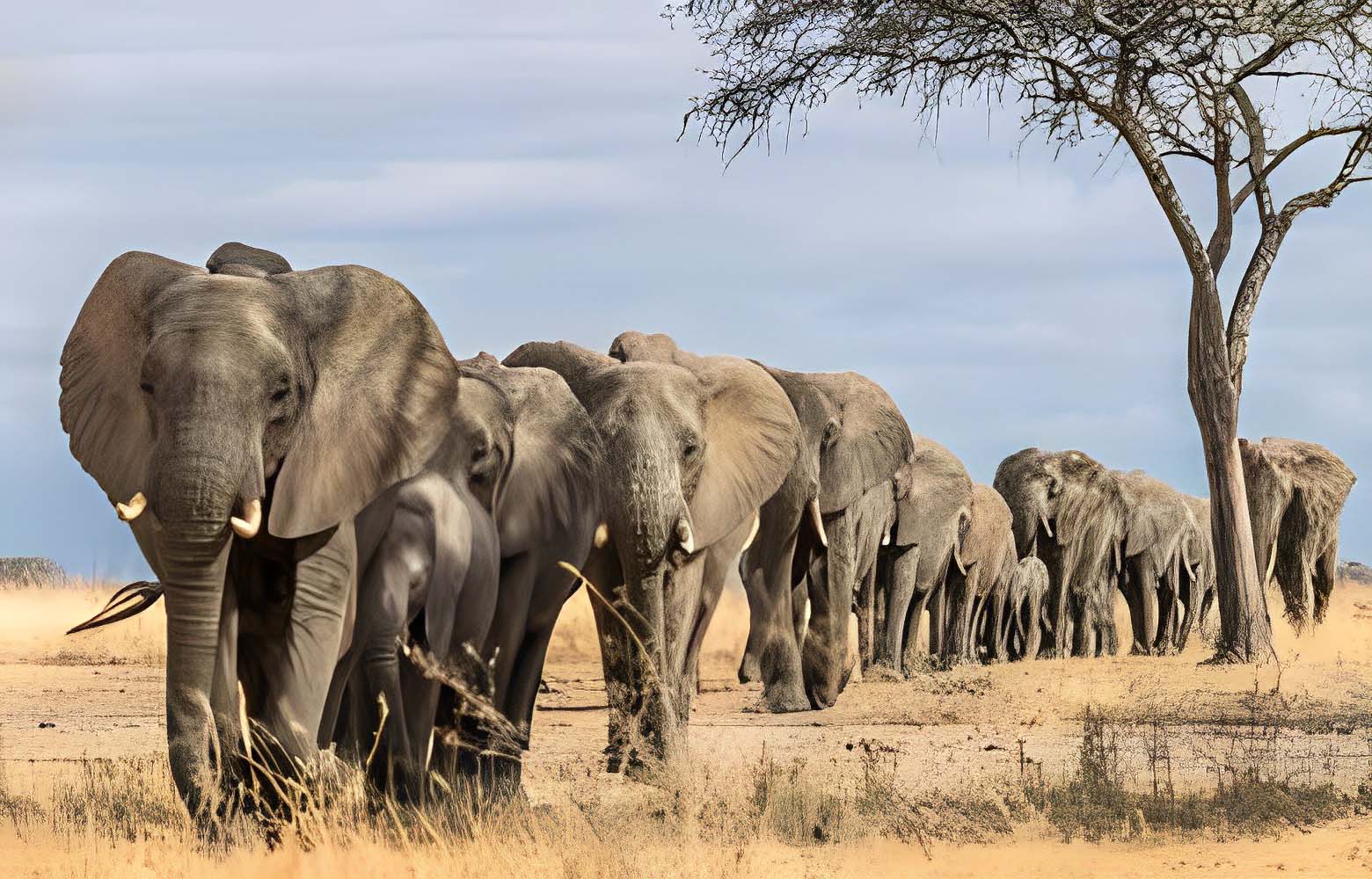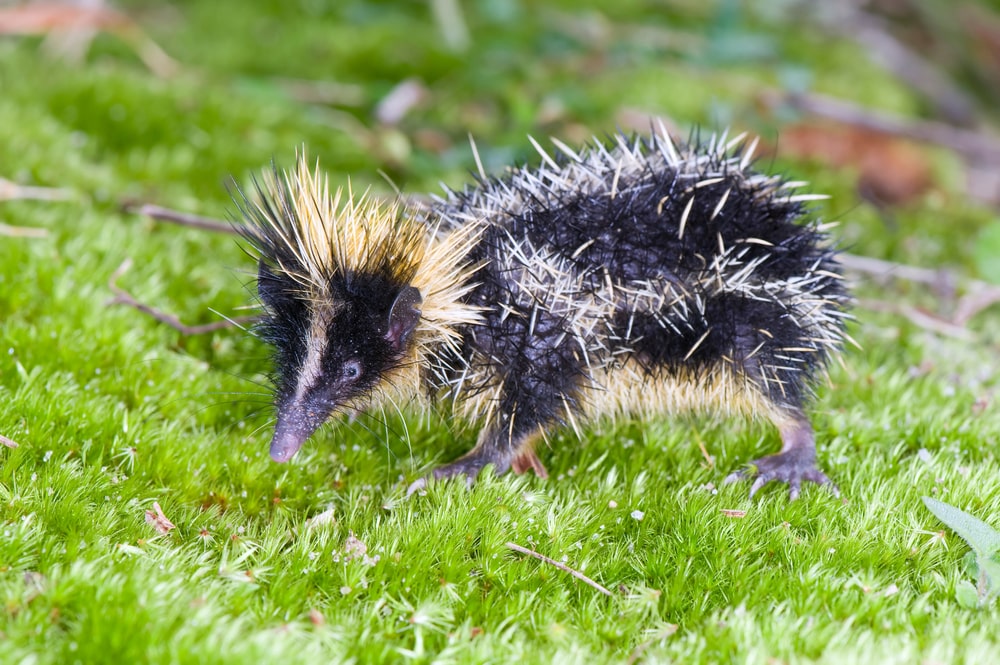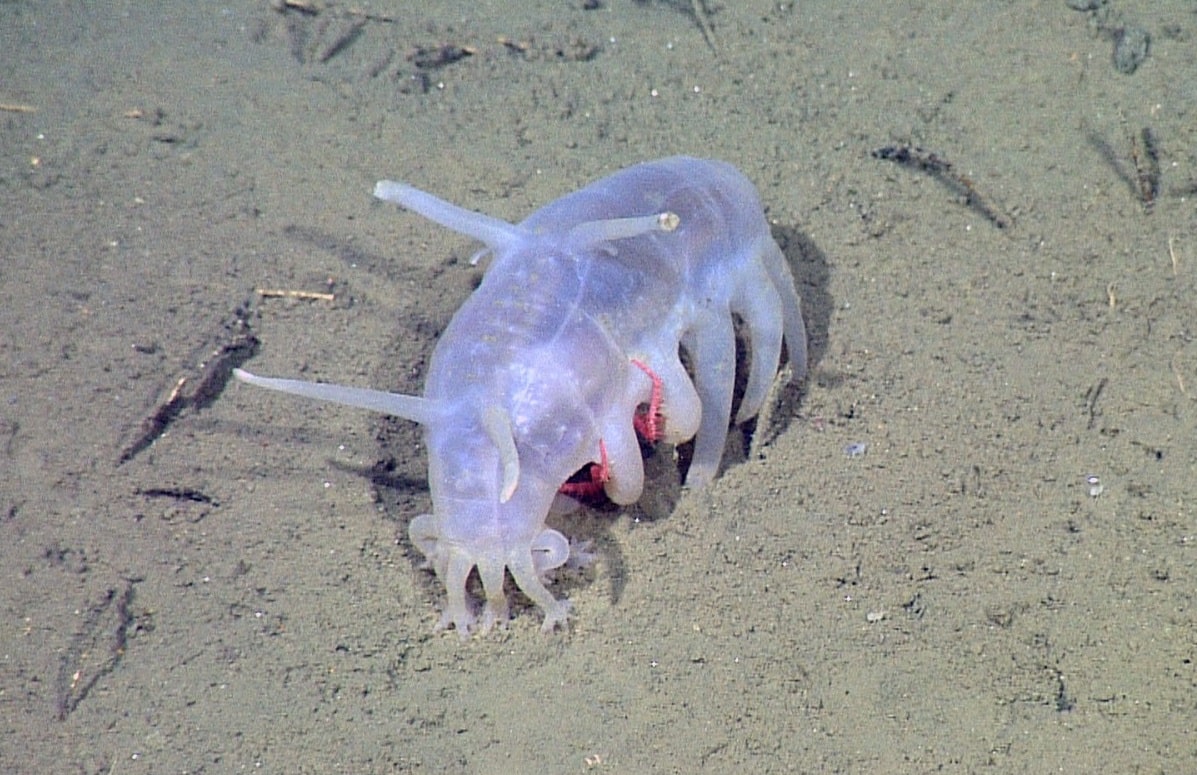Interesting facts about Wolf spider, Are wolf spiders Dangerous?
Wolf Spider: Take your average lawn on the northeast coast of Australia and zoom in for a closer look. You’ll probably see inch-wide holes amongst the grass. Get closer, and you’ll notice fine silk threads, catching the morning dew.
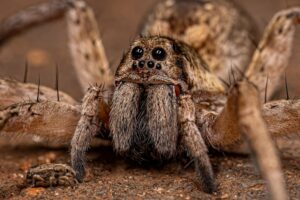
Wolf Spiders
The garner wolf spider, with the source still moist from the previous night’s rain, The female wolf spider uses her powerful mouth to enlarge her burrow entrance once large clumps of earth are removed. She then pushes her body against the burrow walls, compacting them. Finally, silk threads are laid down against the burrow walls and added to the anchor.
Any remaining loose earth in place not only makes their home underground. They don’t need a web to catch prey, as the name suggests. Their fast-moving predators are equipped with excellent eyesight from the two large forward-facing eyes and rounding off with spine-covered long legs for grappling with captured prey. They are the top predators on the lawn as the morning warms.

The grazers come to feed grasshoppers; their large eyes serve as part of their early warning system; detecting motion is paramount to their survival; being able to jump from attackers; a voice becoming a meal; feeling safe. They busy themselves with grooming all parts of their daily lives, but any movement amongst the grass may not go unnoticed, and they’re not the only ones keeping it clean.
The wolf spider It has numerous sensory hairs on its legs, which it uses to detect the most minute vibrations that could mean it is close by. It doesn’t matter if the wolf spider doesn’t see its prey at first, as long as it can sense it through its feet and know that it is near its burrow. Those two large eyes are unable to accurately judge distance when the time comes to strike. A grasshopper is dangerously close, unaware of the lurking predator, and it’s missing a jumping leg that could put its life in peril, but it’s not all depth for those who venture amongst the grass, and some do getaway to live another day.
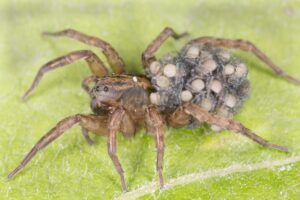
Mother wolf spider
A hairy arachnid might look intimidating, but it’s relatively harmless to humans. The wolf spider hunts at night using its large retro-reflective eyes and quick speed to locate and kill its prey. Wolf spiders come in many sizes and colors and can be found wherever there are insects for them to eat. The mother wolf spider will construct an egg sack and carry it around until they are ready to hatch. Once the babies leave the sack, they instinctively climb on their mother’s back, where the mother wolf spider will care for and feed her babies.
Sneaky spider of the world
On a still summer night with the dew on the grass and a torch in your hand, you can see the beautiful colors of the water droplets glinting off the blades of grass. Although if you stand still, you will soon realize that some of these glinting lights are not like the others. They seem to be a slightly different color and moving. Let me tell you a little secret: what if I told you that some of these were not dewdrops at all but eyes, little tiny eyes staring at you, watching and waiting?

Let me introduce you to my little friend, the wolf spider. These little guys are like the cheaters of the bug world. They’re silent, slender, and built to kill, and they’re in their element hunting in the pitch-black night equipped with two giant fangs, a set of eight eyes, two of which are forward-facing for excellent night vision, deadly venom, and long, powerful legs for speed. Wolf spiders are the apex predators of the grassland jungle. They ambush their prey with deadly precision and speed; there isn’t much defense against such a lethal predator. Not only do they roam the surface for food during the night under the veil of darkness,.
They can also cunningly hide during the day and surprise their prey by leaping out at any moment to kill, as you might have seen. These little creatures sometimes build their own burrows, which may even have their own lives. They really are something special; the inside of these burrows is aligned with the fine fibers of the web, which spread out over the surface around the entrance of the burrow.
So, the cunning wolf spider does not even need its prey to walk over the hole for it to see. It can cleverly sense prey from a distance from the soft vibrations of its web, and all it takes is one wrong step and dinner is served. More often than not, the burrowed wolf spiders, which are easiest to find, are the largest of them all.
